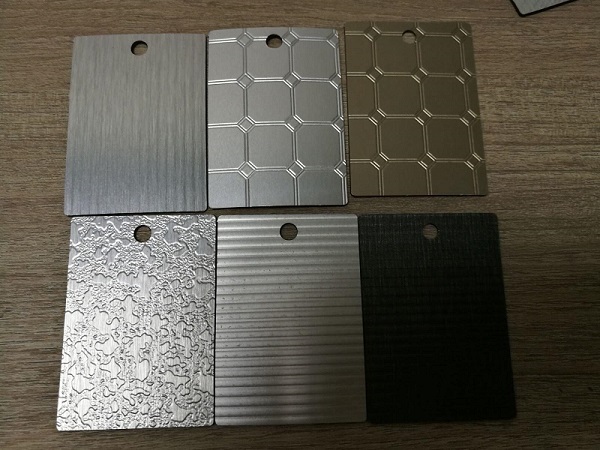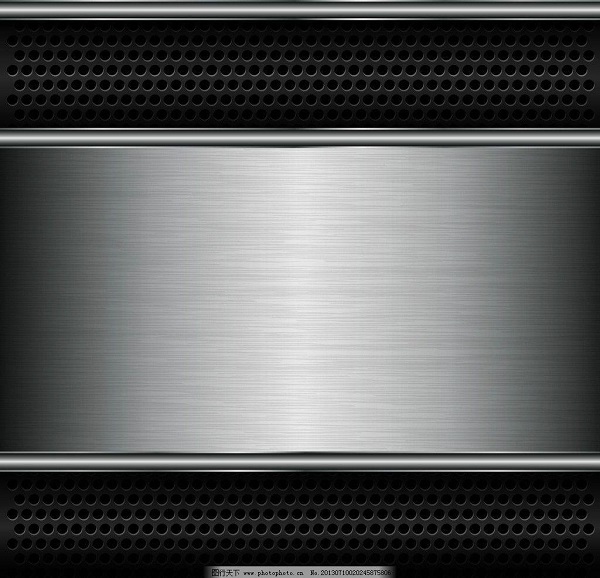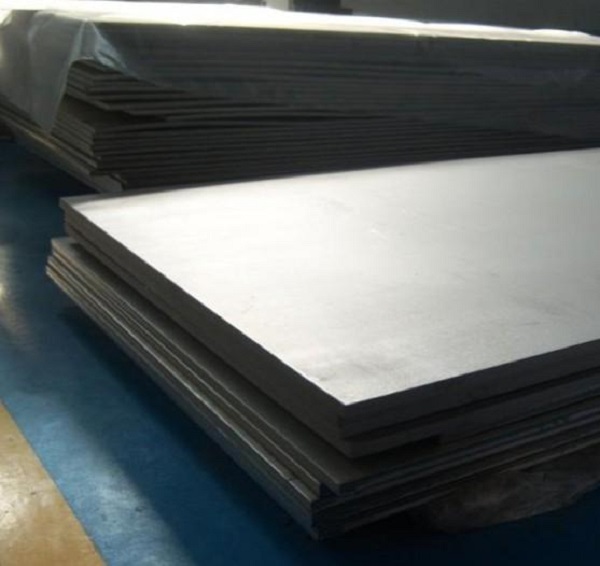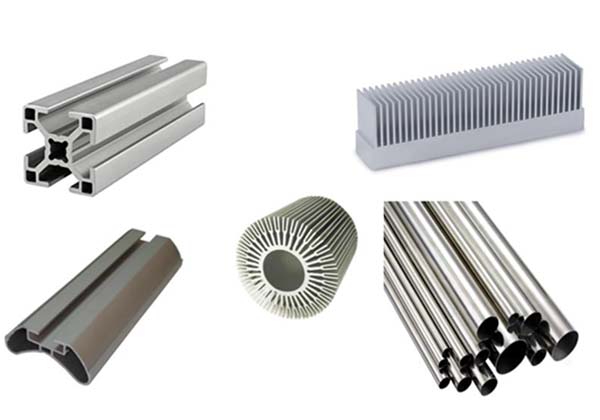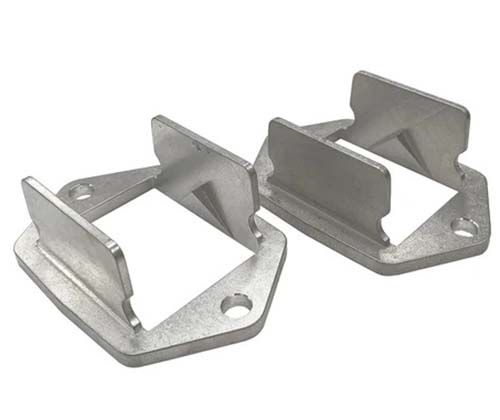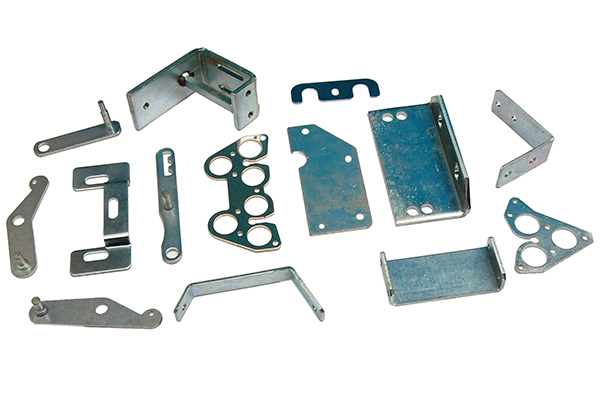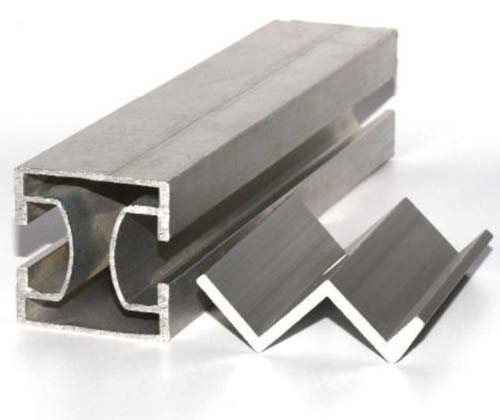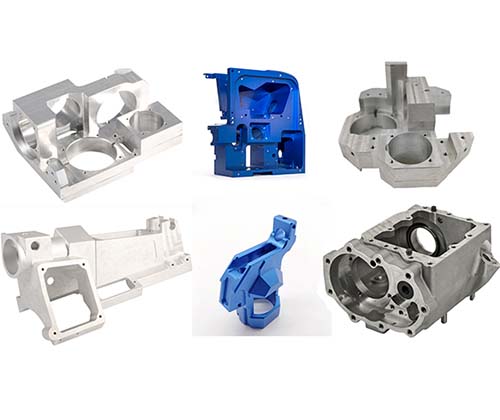1. Introduction
1.1 Definition of Sheet Metal Punch
A sheet metal punch, also known as a punch press, is a crucial machine tool in the manufacturing industry. It is designed to cut, shape, and form sheet metal by applying a large amount of force through a die and a punch. The basic principle involves the punch, which is a hardened tool, moving rapidly to strike the sheet metal against a die. This impact creates a shearing force that cuts or shapes the metal according to the design of the die. For example, in the production of metal brackets, the sheet metal punch can precisely cut the metal sheet into the required shape and size in one quick operation.
1.2 Importance in Manufacturing
Sheet metal punches play a pivotal role in modern manufacturing processes. They are widely used across various industries, including automotive, aerospace, electronics, and construction. In the automotive industry, for instance, sheet metal punches are used to create parts such as car body panels, engine components, and interior fixtures. Their high - speed and high - precision capabilities enable mass production with consistent quality, which is essential for meeting the large - scale demands of the automotive market.
In the aerospace industry, where the quality and precision of components are of utmost importance, sheet metal punches are used to manufacture lightweight yet strong parts for aircraft. The ability to accurately shape sheet metal into complex geometries helps in reducing the weight of the aircraft while maintaining its structural integrity, ultimately leading to better fuel efficiency and performance.
In the electronics industry, sheet metal punches are used to create enclosures for various devices. The high - precision punching ensures that the enclosures fit perfectly with the internal components, providing protection and a sleek appearance. Overall, sheet metal punches are indispensable for achieving high - volume production, high - precision manufacturing, and cost - effective production in these industries.
2. How Does a Sheet Metal Punch Work?
2.1 Basic Working Principle
The working principle of a sheet metal punch is based on the application of force to deform or cut sheet metal. First, a sheet of metal is placed on the worktable of the punch press. Then, a large amount of pressure is exerted. This pressure is typically generated by a mechanical, hydraulic, or pneumatic system.
For example, in a mechanical punch, a flywheel stores rotational energy. When the machine is activated, the energy from the flywheel is transferred to the punch mechanism. The punch, which is a hardened metal tool, moves rapidly downward towards the die. As the punch strikes the sheet metal against the die, a shearing force is created. This shearing force is what enables the cutting or shaping of the metal. If the die has a circular shape, a circular hole will be punched out of the sheet metal; if the die is shaped like a complex part, the sheet metal will be cut into that complex shape.
2.2 Key Components and Their Functions
- Punch: The punch is the part that directly contacts the sheet metal. It is usually made of high - strength and wear - resistant materials such as tool steel. Its function is to apply the force to the sheet metal to cause deformation or cutting. The shape of the punch determines the shape of the punched - out part or the cut - edge of the metal. For instance, a sharp - edged punch is used for clean - cut operations, while a rounded - edge punch might be used for operations that require a more gradual deformation of the metal.
- Die: The die works in conjunction with the punch. It provides a counter - surface against which the punch forces the sheet metal. Dies are also made of durable materials. They can be single - stage dies for simple operations like punching a single hole, or multi - stage dies for more complex operations that involve multiple steps of cutting and shaping. For example, in the production of a car door panel, a multi - stage die might be used to first cut the rough shape of the panel, then form the curves and edges in subsequent stages.
- Bed and Frame: The bed and frame of the sheet metal punch provide a stable base and structure for all the other components. They are designed to withstand the high forces generated during the punching process without deforming. A strong and rigid bed ensures that the punch and die remain in the correct alignment, which is crucial for accurate punching.
- Drive System: The drive system, whether it's mechanical, hydraulic, or pneumatic, is responsible for providing the power to move the punch. A hydraulic drive system, for example, uses pressurized hydraulic fluid to generate the force needed to move the punch. It offers smooth and precise control over the punching process, making it suitable for operations that require high precision.
3. Types of Sheet Metal Punches
There are several types of sheet metal punches, each with its own characteristics, advantages, and suitable applications.
3.1 Mechanical Punches
Mechanical punches are one of the most traditional types. They typically use a flywheel and a crankshaft mechanism to generate the force required for punching. The flywheel stores rotational energy, and when the machine is activated, this energy is transferred to the punch through the crankshaft. This causes the punch to move rapidly up and down, striking the sheet metal against the die.
Advantages:
- High - speed operation: Mechanical punches can achieve high punching speeds, making them suitable for high - volume production. For example, in a large - scale metal parts manufacturing factory, a mechanical punch can perform hundreds of punches per minute, greatly increasing production efficiency.
- Simple structure: They have a relatively simple structure, which makes them easy to maintain and repair. This simplicity also contributes to their lower initial cost compared to some other types of punches. Mechanics with basic training can easily understand and work on the mechanical components, reducing the need for highly specialized technical knowledge.
Suitable Scenarios: Mechanical punches are often used in industries that require mass production of simple - shaped parts, such as the production of metal washers, simple brackets, and some basic automotive components. Their high - speed operation allows for quick and efficient production of these parts in large quantities.
3.2 Hydraulic Punches
Hydraulic punches operate based on the principle of Pascal's law. A hydraulic pump pressurizes hydraulic fluid, which then transmits the force to the punch. The hydraulic fluid acts as a medium to evenly distribute the force, enabling smooth and precise control of the punching process.
Performance Advantages:
- High force capacity: Hydraulic punches can generate extremely high punching forces. This makes them suitable for working with thick - gauge sheet metals or materials that require a large amount of force to deform or cut. For instance, in the manufacturing of heavy - duty industrial equipment, where thick steel sheets are used, hydraulic punches can handle the task with ease.
- Precise control: They offer excellent control over the punching process. The pressure and speed of the punch can be accurately adjusted, allowing for high - precision punching. This is crucial for applications where tight tolerances are required, such as in the aerospace and medical device industries.
Common Application Fields: Hydraulic punches are widely used in industries like aerospace, where the quality and precision of parts are of utmost importance. They are also used in the production of large - scale metal structures in the construction industry, as well as in the manufacturing of heavy - duty machinery components.
3.3 CNC - Controlled Punches
CNC (Computer Numerical Control) - controlled punches are equipped with computer - controlled systems. The operator programs the punching operations into the computer, which then precisely controls the movement of the punch and the positioning of the sheet metal.
Characteristics:
- High - precision punching: CNC - controlled punches can achieve extremely high precision. They can accurately reproduce complex shapes and patterns with very tight tolerances, often within a few thousandths of an inch. This is essential for industries such as electronics, where small and precise components are required.
- Automation: These punches offer a high degree of automation. Once the program is set up, the machine can operate continuously, performing a series of punching operations without the need for constant manual intervention. This not only improves production efficiency but also reduces the risk of human - error.
Importance in Modern Manufacturing: In modern manufacturing, where high - volume production with high precision is the norm, CNC - controlled punches have become indispensable. They are used in a wide range of industries, from automotive and electronics to jewelry making. For example, in the production of intricate electronic circuit board components or the manufacturing of customized automotive interior parts, CNC - controlled punches can meet the strict requirements for precision and production volume.
4. Yigu Technology's View
As a non - standard plastic metal products custom Supplier, Yigu Technology believes that the development of sheet metal punches is crucial for the manufacturing industry. In today's highly competitive market, sheet metal punches need to continuously improve their automation and intelligence levels. By enhancing automation, manufacturers can reduce labor costs and improve production efficiency. For example, integrating advanced robotic systems with sheet metal punches can enable seamless material handling and continuous punching operations.
Intelligent features, such as self - diagnosis and real - time monitoring of the punching process, can also help in predicting potential failures and ensuring high - quality production. Moreover, with the increasing emphasis on environmental protection, sheet metal punches should also pay attention to energy - saving and environmental - friendly designs. Using energy - efficient drive systems and optimizing the punching process to reduce energy consumption can not only save costs but also contribute to sustainable development. Yigu Technology is committed to keeping up with the latest trends in sheet metal punch technology to provide better - quality customized products for its customers.
5. FAQ
5.1 What is the typical lifespan of a sheet metal punch?
The lifespan of a sheet metal punch can vary significantly based on several factors. Generally, with normal use and proper maintenance, a mechanical punch might last around 10 - 15 years. Hydraulic punches, which often have more complex components, can last 15 - 20 years if well - maintained. CNC - controlled punches, due to their high - tech nature and the potential for more wear on their precision components, typically have a lifespan of 10 - 18 years. However, factors like the frequency of use, the type of materials being punched, and the quality of maintenance play crucial roles. For example, if a punch is used continuously for high - volume production without proper breaks and maintenance, its lifespan could be reduced by 30 - 50%. Regular maintenance, including lubrication, component inspection, and timely replacement of worn - out parts, can extend the lifespan by 20 - 30%.
5.2 Can a sheet metal punch be used for non - metal sheets?
Sheet metal punches are primarily designed for metal sheets, but in some cases, they can be used for non - metal sheets. However, it depends on the type of non - metal material and the characteristics of the punch. For relatively soft non - metal materials like some types of plastics or thin rubber sheets, a sheet metal punch might be able to cut or shape them. But for harder non - metals such as thick acrylic sheets or some types of fiberglass, a standard sheet metal punch may not be suitable. These materials may require specialized punches or alternative cutting methods. Using a sheet metal punch on an inappropriate non - metal material can lead to damage to the punch, inaccurate cuts, or even breakage of the non - metal sheet.
5.3 How to choose the right sheet metal punch for a small - scale manufacturing business?
For a small - scale manufacturing business, several factors should be considered when choosing a sheet metal punch. First, assess your production needs. If you mainly produce simple - shaped parts in small quantities, a mechanical punch might be a cost - effective option. It has a relatively low initial investment and can handle basic punching tasks efficiently. Second, consider your budget. Hydraulic punches are more powerful but also more expensive, both in terms of purchase price and maintenance costs. If your budget is limited, you may need to prioritize cost - effective options. Third, think about the precision requirements. If your products demand high precision, a CNC - controlled punch could be the way to go, although it comes at a higher cost. Additionally, consider the space available in your workshop, as some punches may be larger and require more room for operation.
